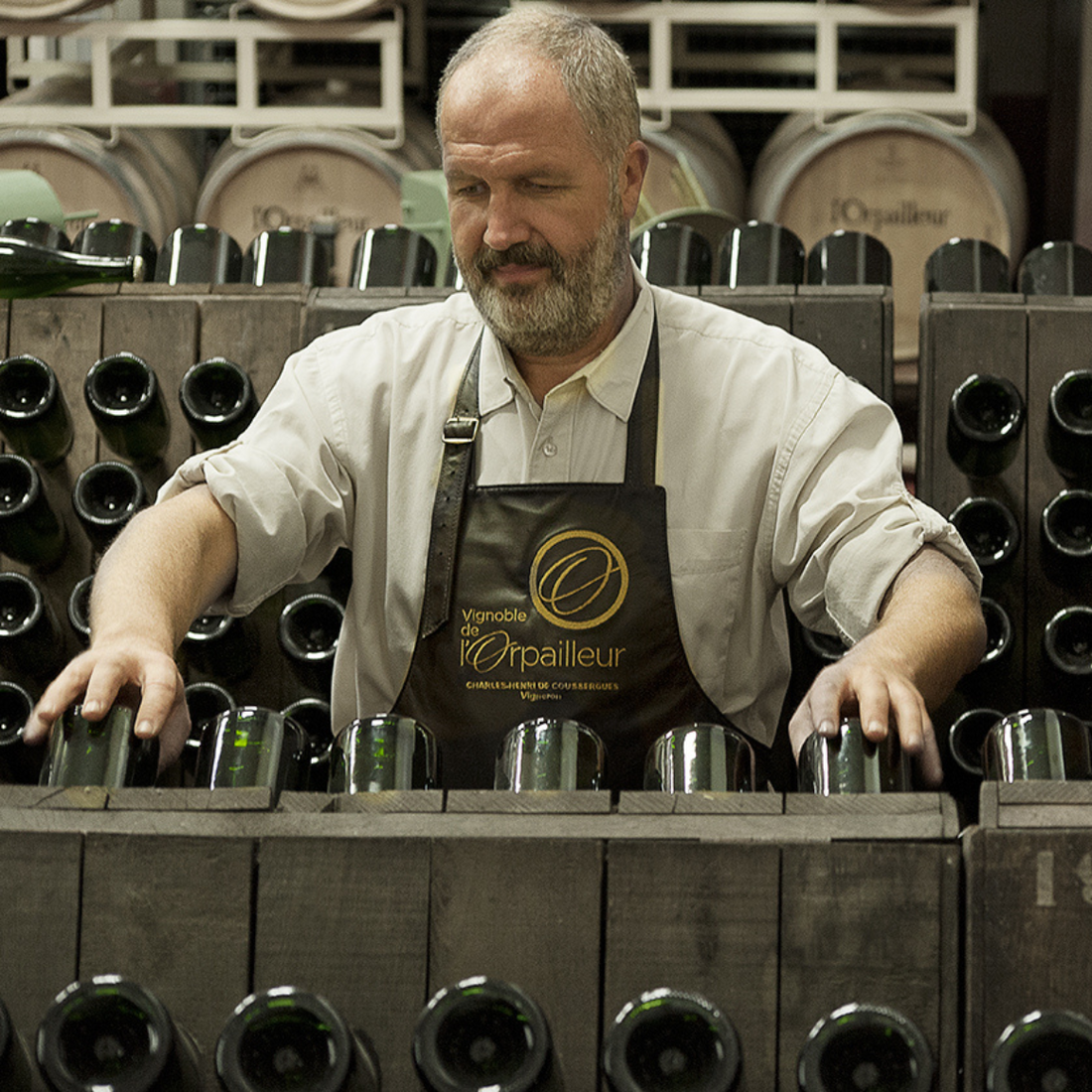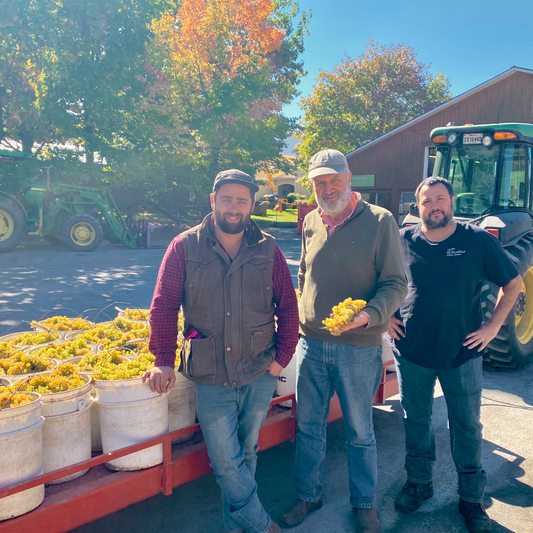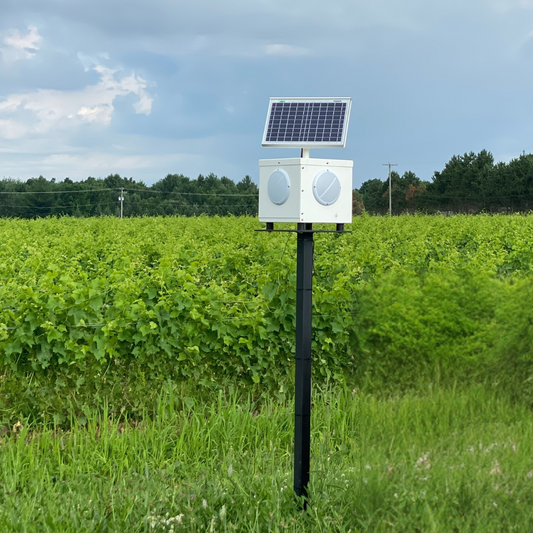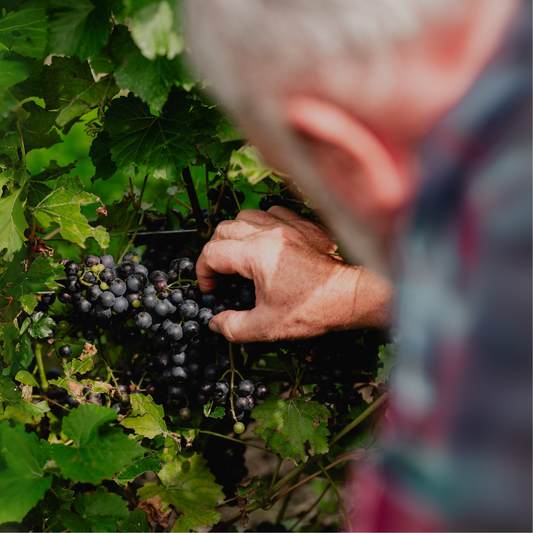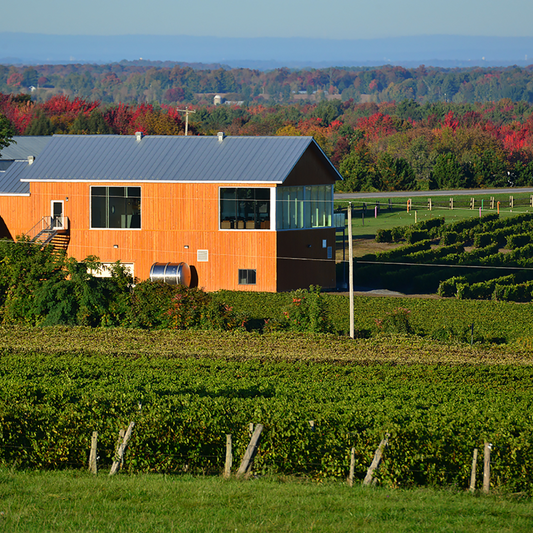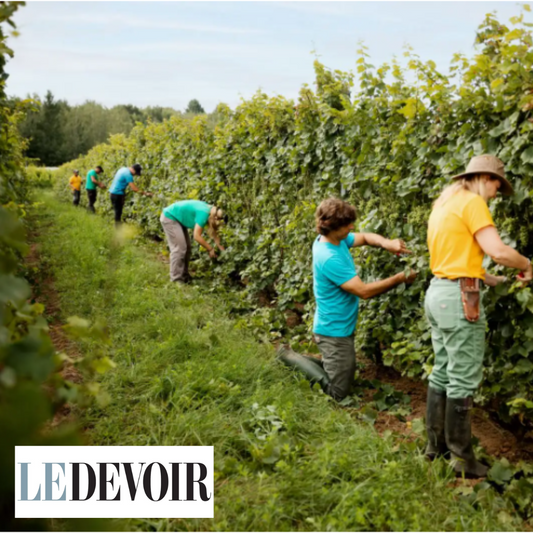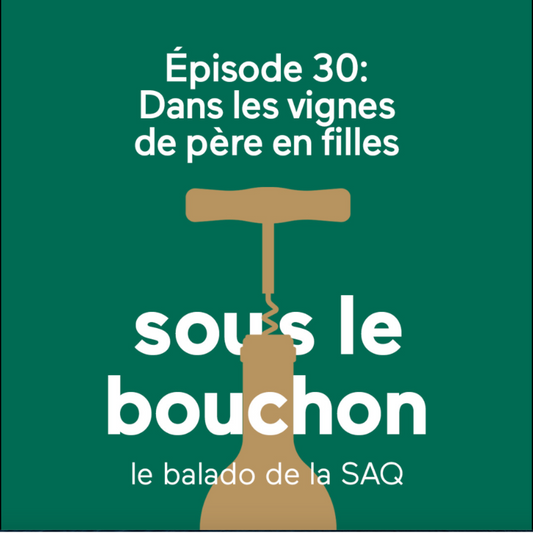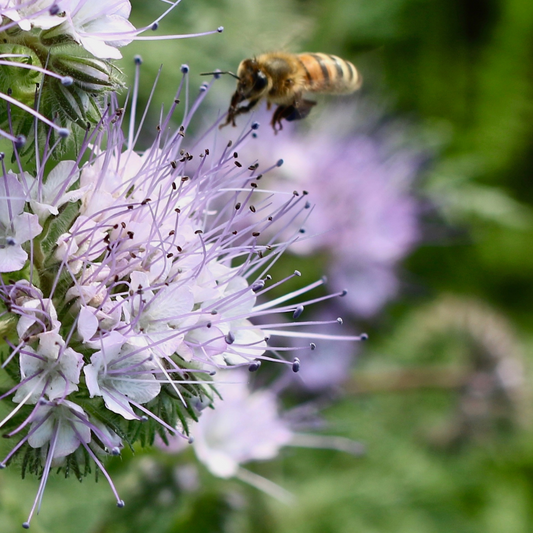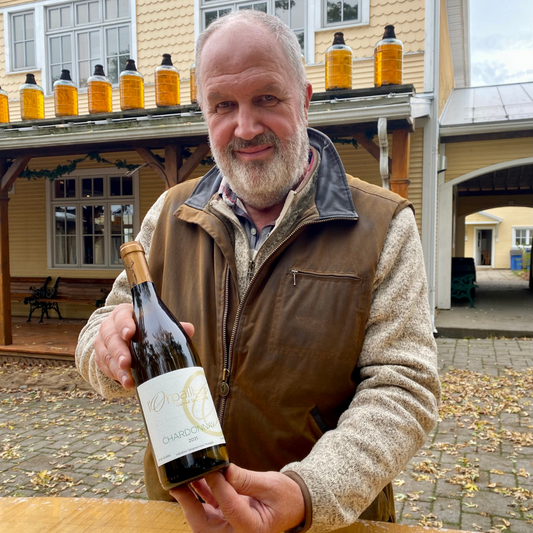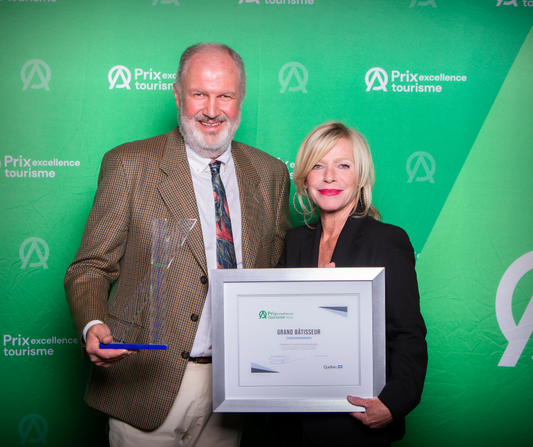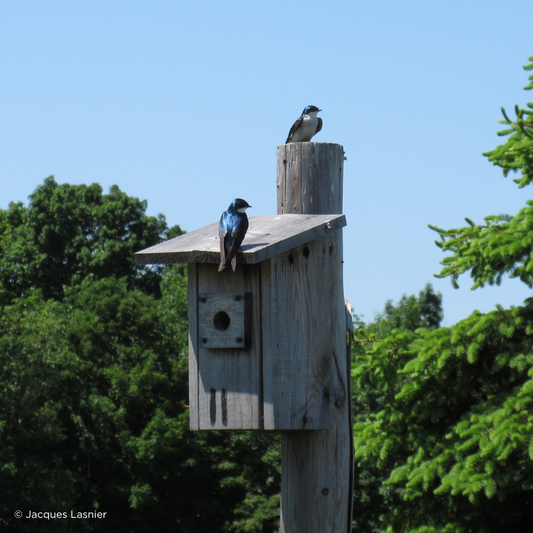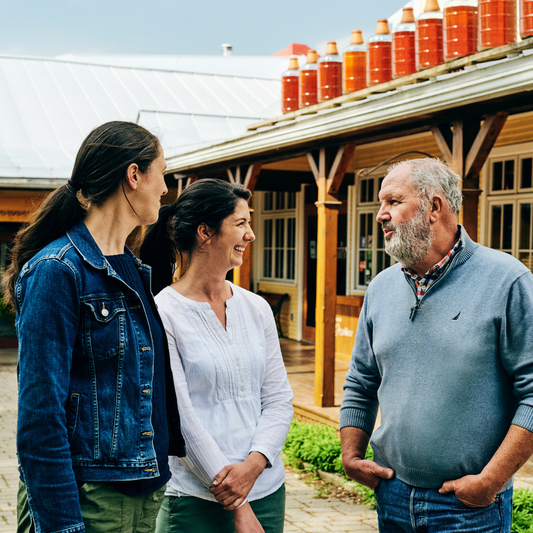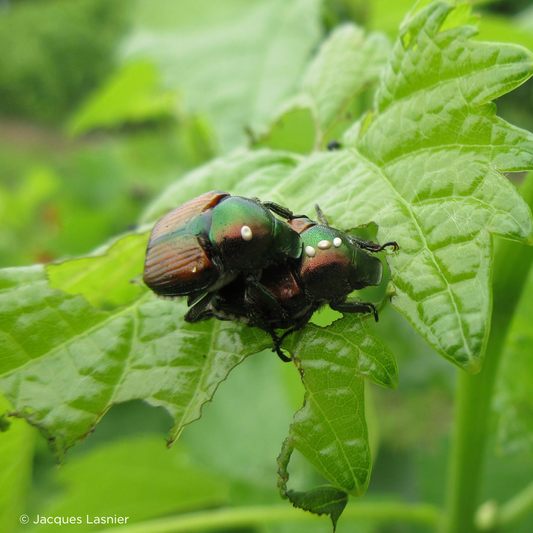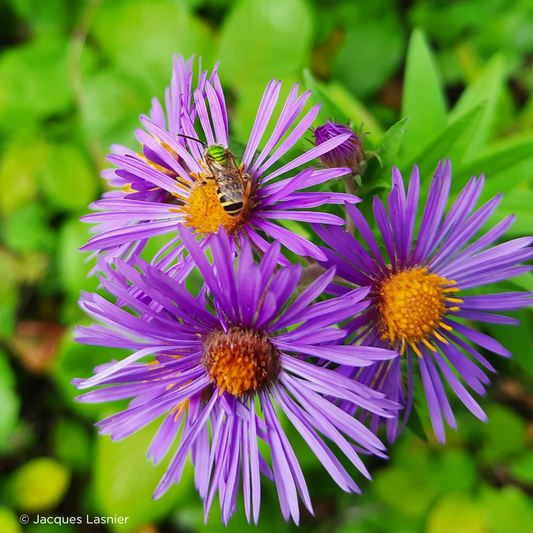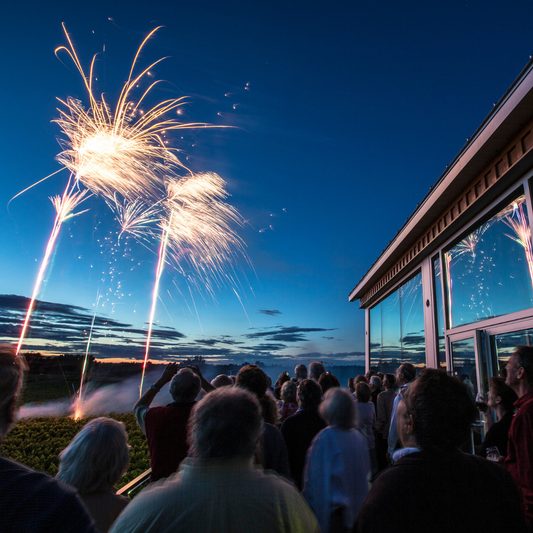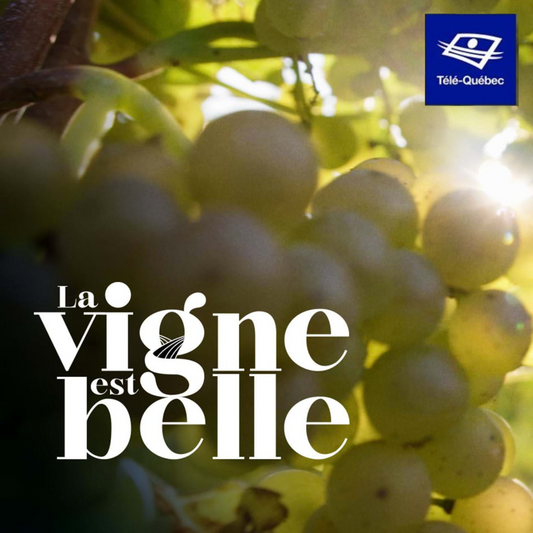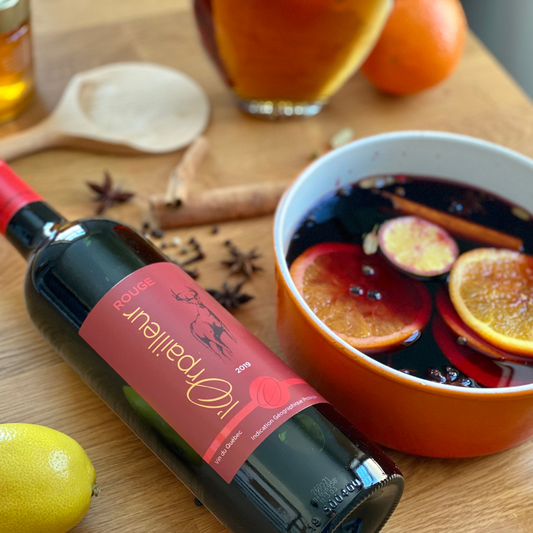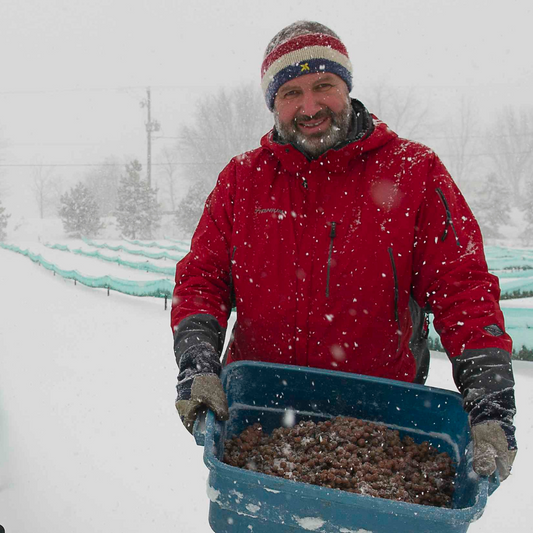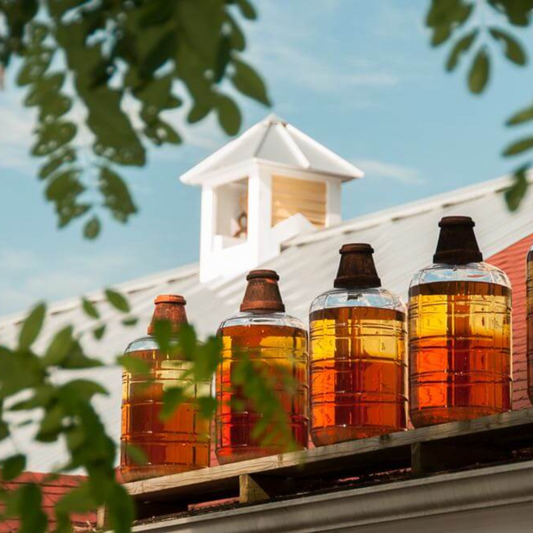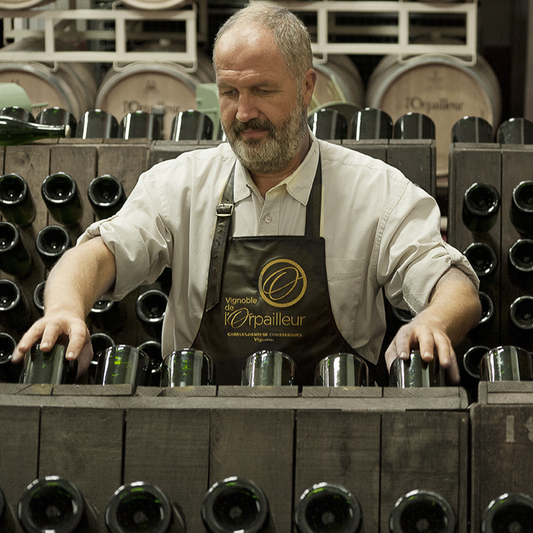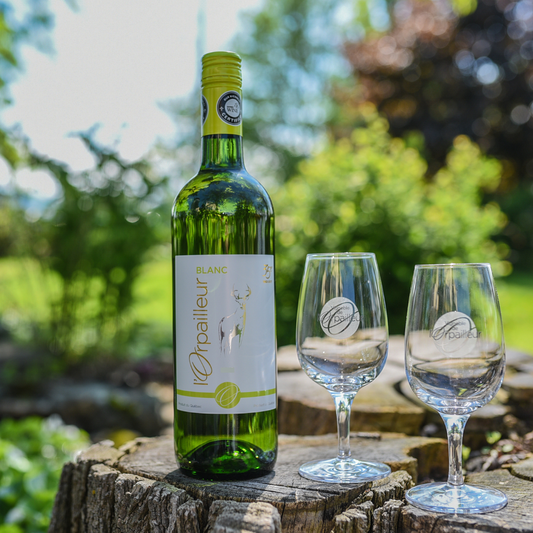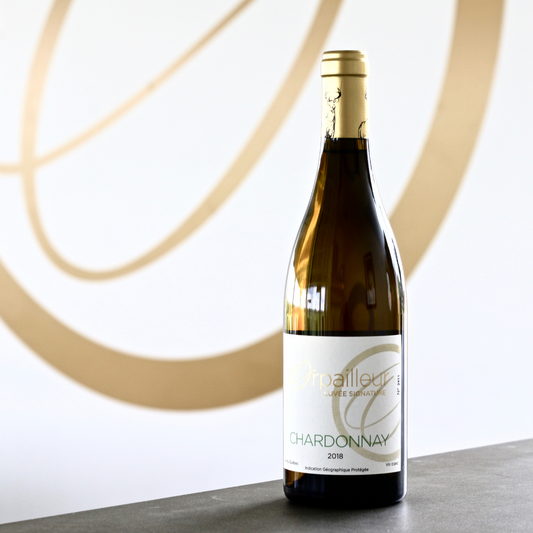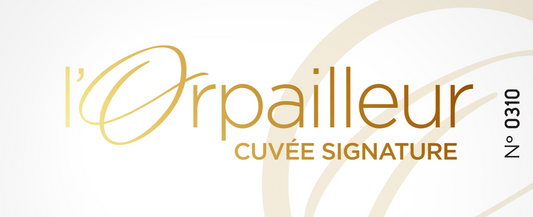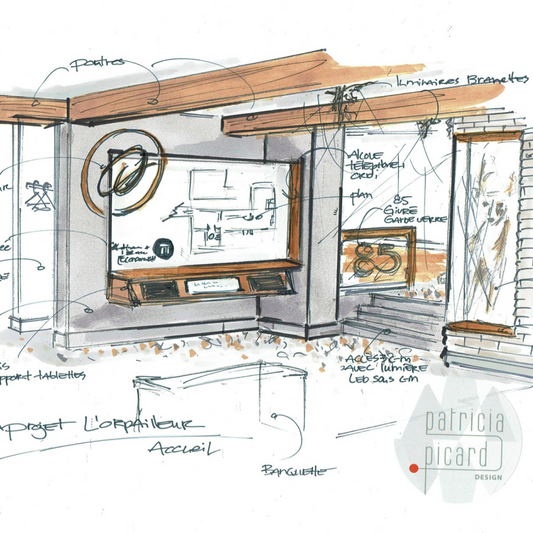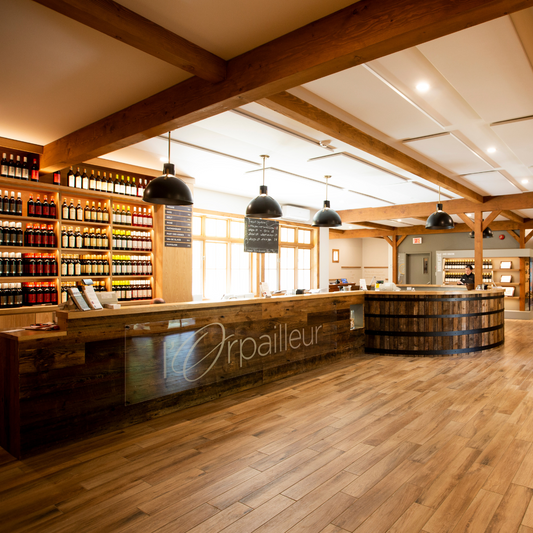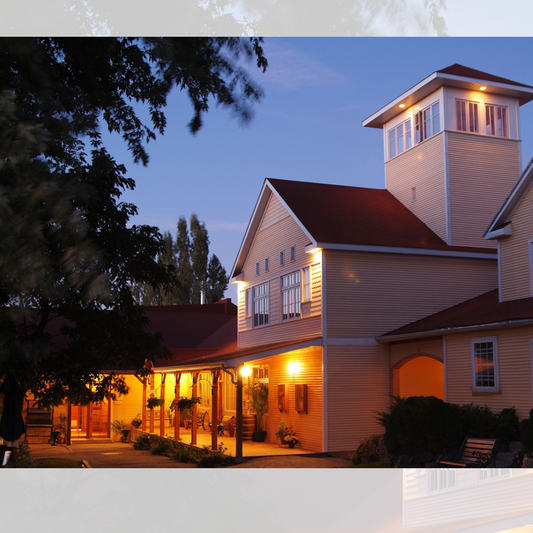The effervescence of the Orpailleur
Since 1991, the Orpailleur offers a Brut, a traditional method developed according to the rules of the art. It was following the arrival of trainees, children of Champagne winegrowers who had worked in the vineyard for 3 years, that Charles-Henri de Coussergues was introduced to the vinification of the so-called Champagne method.
The traditional Champagne method
Our sparkling wine is produced according to the traditional Champagne method, but does not bear the name of champagne, what is the nuance? Champagnes are protected by an Appellation d'Origine Contrôlée (AOC) which links a product to its geographical origin and subjects it to rules of grape varieties, production and development. The Champagne production area is delimited by these 3 main sub-regions of France: the Montage de Reims, the Côte des Blancs and the Vallée de la Marne. Thus, like many regions in the world, we use the term "traditional method" rather than "Champagne" to refer to its production method. The Brut mention refers to the level of sugar present in our sparkling wine. Its sugar content is 6 g/l, which corresponds to the Brut category (0 to 12 g/l).

Production method
Our sparkling wine is the result of a second fermentation in the bottle and aging for 18 to 24 months in the cellar. At first, we make a “still” wine, that is to say without effervescence. Then, a few months later:
1. Prize de mousse : after adding sugar (tirage liqueur) and selected yeasts, the wine is bottled. A very slow fermentation will follow for about 3 months in a cool place, between 12 and 13 degrees Celsius. The yeast will turn the sugar into alcohol and produce carbon dioxide, creating a natural effervescence. The bottles will be stored horizontally for 18 to 24 months.

2. End of fermentation: when the yeast has finished its work, it will settle throughout the bottle, the wine thus regaining a beautiful clarity.

3. Placing on a desk: after several months of storage in metal crates, the bottles are placed on a desk in order to gently slide the dead yeast towards the neck. Since bottling, the cork has been a tightly crimped metal capsule in order to retain the great pressure contained in the wine.

4. Riddling: process which consists in turning the bottles of brut an eighth of a turn per day, allowing the yeast to descend delicately towards the neck without being resuspended in the wine.

5. Freezing the neck: once the riddling work has been completed, the neck of the bottle will be frozen to trap the yeast deposit in the ice. Important stage preceding the disgorging operation.

6. Disgorging: same process as the Champagne method which consists in extracting the small block of ice which traps the yeast. This work is one of dexterity, precision and speed, in order to minimize the loss of pressure before placing the cork.

7. Corking: the cork being of a diameter well superior to the neck of the bottle, it is installed using a robust manual corker.

8. Muzzle: golden wire; called muzzle, prevents the cork from being expelled by the pressure contained in the bottle. A second machine makes it easier for us to affix this muzzle.

9. The cap: out of pure aesthetic desire, the cap will adorn the neck of the Orpailleur Brut bottle. In a first step, the cap will be pre-smoothed on the neck and then perfectly smoothed using a pneumatic tool.

10. Dressing: putting on the label is the last phase. The fine and delicate bubbles of our brut are the fruit of several months of effort, observation and passion.


